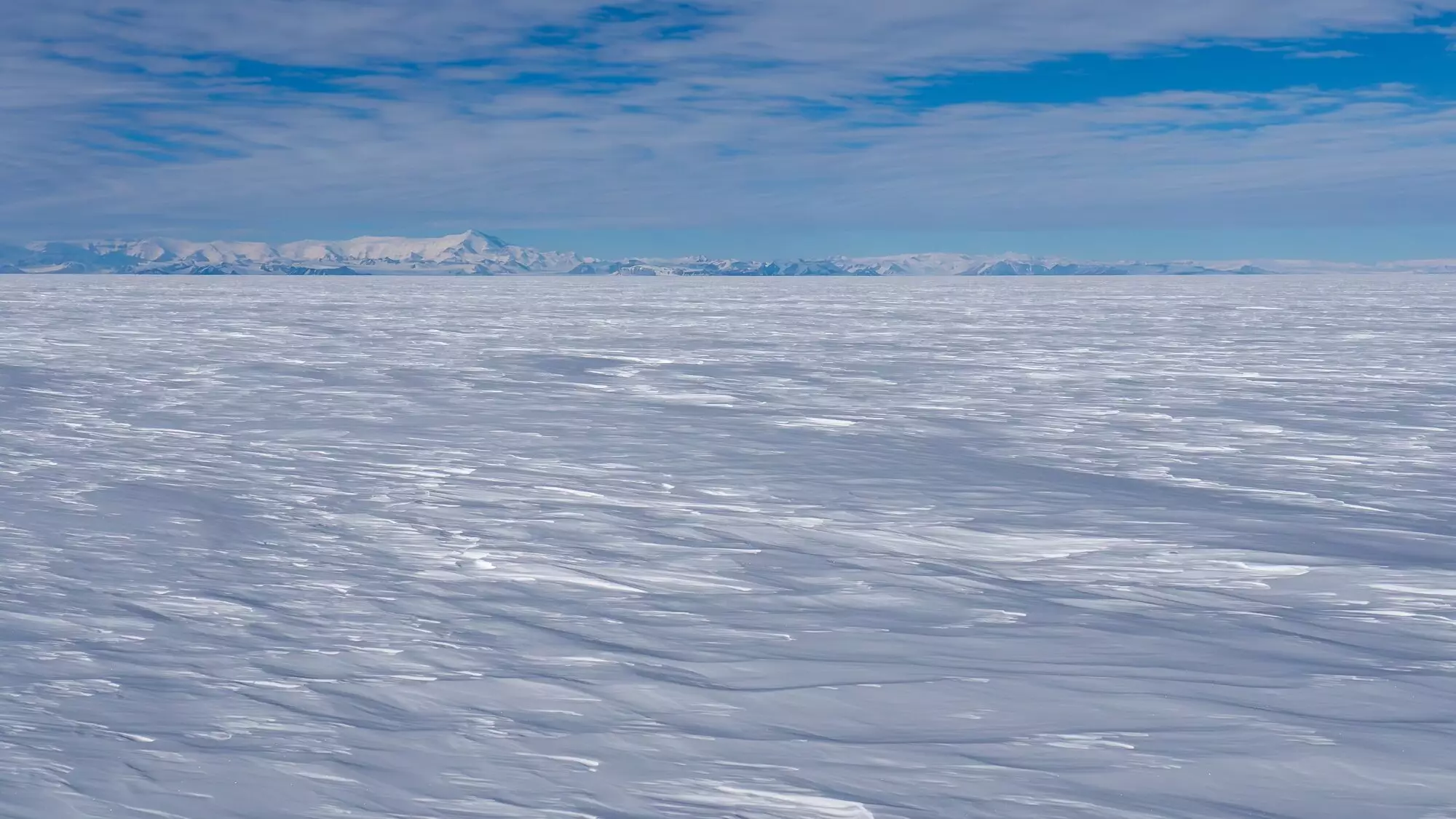Recent research has unveiled a critical piece of information regarding the West Antarctic Ice Sheet melt. The collapse of this ice sheet in the Ross Sea region can potentially be prevented by adhering to a low-emissions pathway. The implications of this study are significant as over 5 meters of potential global sea-level rise is stored within the West Antarctic Ice Sheet. Therefore, understanding the stability of different regions of the ice sheet is vital for predicting future sea-level rise worldwide.
One region of interest is West Antarctica’s Siple Coast, a seemingly stable area where ice rivers flow into the Ross Sea. The presence of the Ross Ice Shelf, a massive floating ice mass comparable in size to Spain, acts as a support system for the ice sheet glaciers in this region. Although the Ross Ice Shelf experiences minimal melting at its base due to the frigid ocean waters beneath it, it has not always been stable. Geological evidence suggests that about 7,000 years ago, the ice sheet retreated by hundreds of kilometers before readvancing to its current position within the last 2,000 years.
A recent study conducted by GNS Science Te Pū Ao, Te Herenga Waka—Victoria University of Wellington, and NASA’s Jet Propulsion Laboratory delved into the factors influencing the retreat and advance of the West Antarctic Ice Sheet in the Ross Sea region. The research utilized computer model simulations to understand how variations in the oceans and Earth’s crust contributed to the behavior of the ice sheet. Insights from the study shed light on the importance of past climate conditions in shaping the current stability of the ice sheet.
Implications for Future Sea-Level Rise
The study’s findings suggest that changes in ocean temperature played a significant role in the retreat and advance of the West Antarctic Ice Sheet. Furthermore, the rate of crustal uplift resulting from changes in the ice load also impacted the stability of the ice sheet. By comparing geological records with simulation scenarios, researchers were able to identify key factors influencing the ice sheet’s sensitivity to oceanic conditions. These findings have crucial implications for predicting future sea-level rise and the potential collapse of the ice sheet.
Despite concerns about the ongoing melting in other parts of West Antarctica, such as the Amundsen Sea Embayment, the study provides hope for mitigating the collapse of the West Antarctic Ice Sheet in the Siple Coast region. By restricting greenhouse gas emissions in line with the Paris Agreement targets, it may be possible to limit ocean warming to levels that do not pose a threat to the ice sheet stability. The study emphasizes the importance of global emissions reduction in preserving the vulnerable West Antarctic Ice Sheet.
Advanced Modeling Techniques
The research team incorporated a comprehensive range of processes in their modeling, including changes in sea level due to the ice sheet’s gravitational pull as it melts. This advanced approach allowed for a more robust analysis of the factors influencing the ice sheet behavior. The study highlighted the need for a nuanced understanding of the interactions between the ice sheet, ocean, and solid earth to make accurate predictions about future ice sheet stability.
The study’s findings offer valuable insights into the dynamics of the West Antarctic Ice Sheet melt and highlight the importance of taking proactive measures to prevent its collapse. By addressing the root causes of ocean warming and reducing emissions, we can potentially safeguard the stability of this crucial ice sheet and mitigate the risks of accelerated sea-level rise.


Leave a Reply